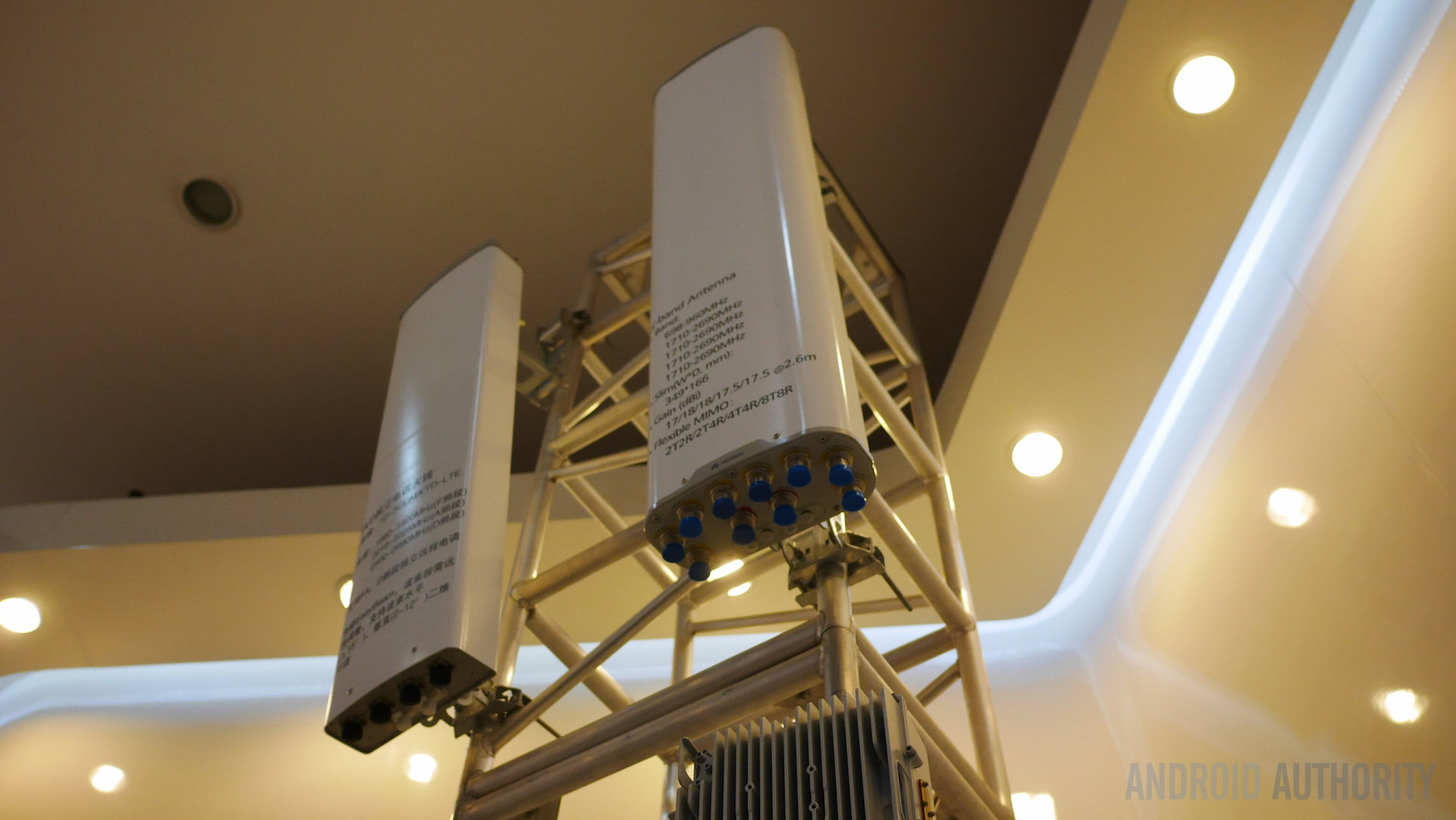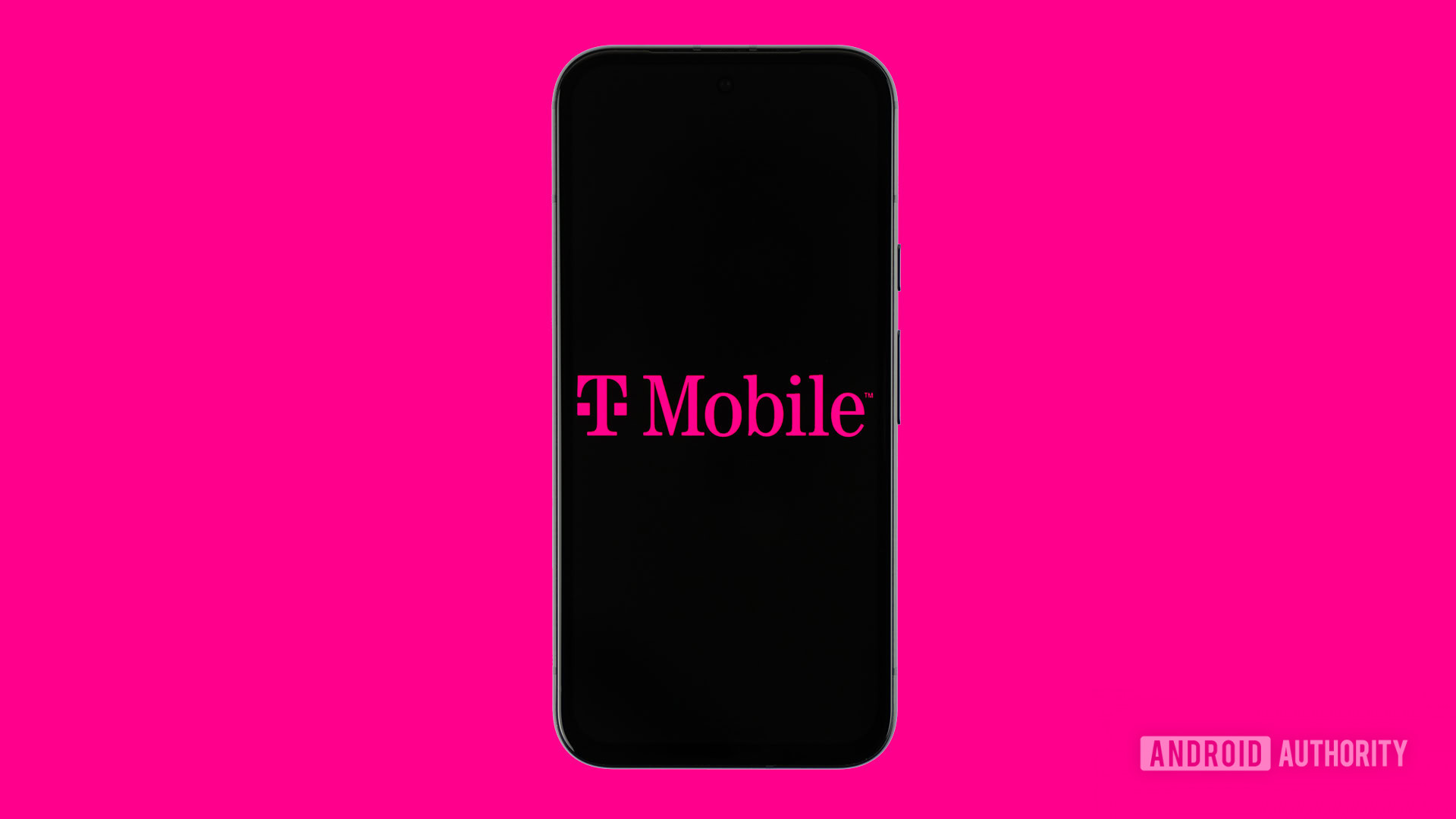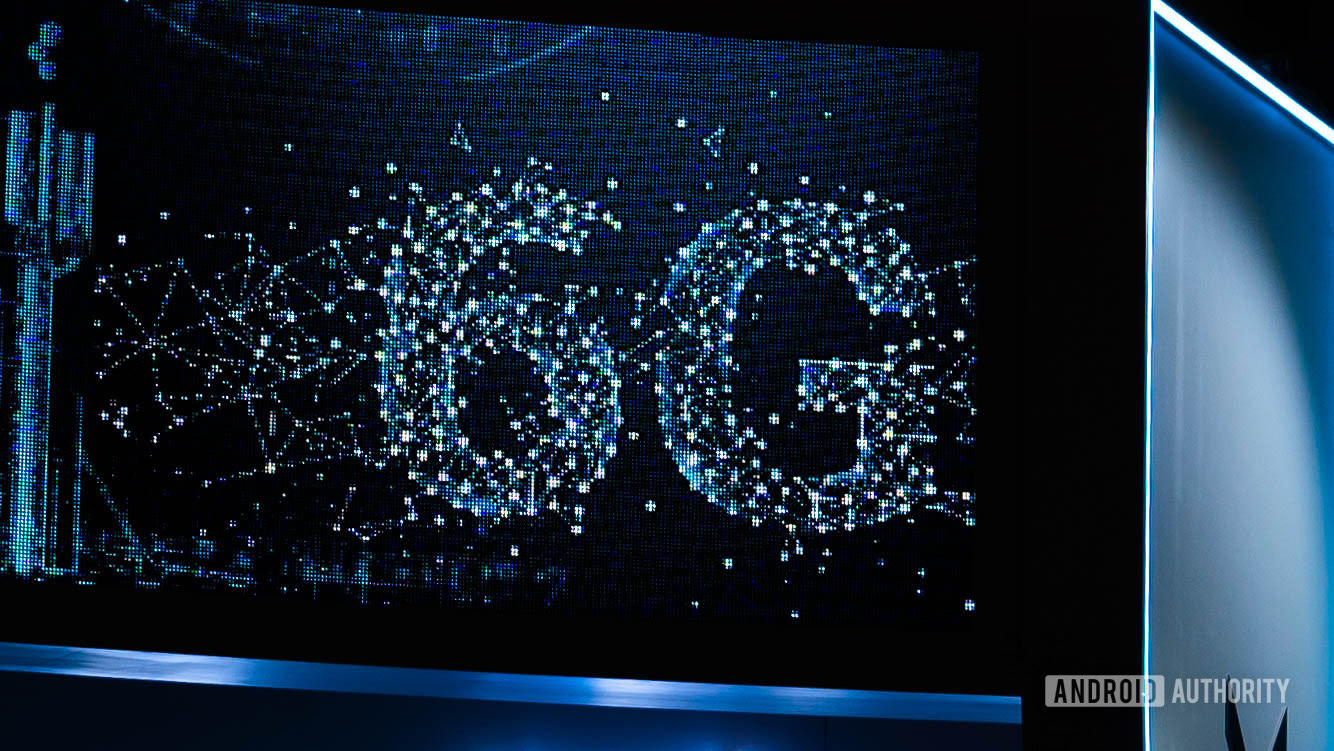Affiliate links on Android Authority may earn us a commission. Learn more.
What can we expect from 5.5G and 6G in the US? An early look at what's next for mobile tech
Published onNovember 18, 2024

The 5G revolution continues as more carriers across the globe gradually roll out updates to their networks, though many regions in the US and beyond still lack reliable 5G access. Although the technology isn’t yet as ubiquitous as LTE, progress marches on, with the next big evolutionary steps in mobile technology just around the corner. Full 6G technology might still be a long way off, but major US carriers are already beginning to reveal their plans for what’s next, starting with an intermediate upgrade to 5.5G.
So, what’s the current status of 5.5G in the United States? When might we see 6G, and does it even matter? Let’s dive in.
The state of 5.5G in the US: It begins with T-Mobile

China may have been the first to launch 5.5G via China Mobile back in March, but other countries are developing plans of their own. In the US, only T-Mobile has officially announced plans to introduce 5.5G by the end of the year. According to T-Mobile, its 5.5G network will be marketed under the name 5G-Advanced (or 5G-A), which other major US networks will likely adopt as well.
AT&T and Verizon have yet to formally announce their 5.5G plans, though AT&T President Chris Sambar has expressed enthusiasm for the arrival of 5.5G ahead of 6G. This suggests that AT&T, at least, is actively working on its own plans. However, considering it’s already November, it seems likely that neither of T-Mo’s major competitors will introduce their version of 5.5G until next year.
The 5.5G standard is a mid-cycle upgrade that promises faster speeds, improved massive MIMO capabilities, high-precision positioning, and better energy efficiency. The downside? There’s a strong chance your current device may not support it. While newer phones with Snapdragon X75, X72, or X80 modems are technically compatible with 5G-A, they’ll also need the requisite RF antenna hardware and licenses to make use of the new tech.
As 5.5G networks gradually go live in the US, they’ll likely replace earlier 5G networks in much the same way that 4G LTE was eventually overtaken by LTE-A and other advanced iterations. However, this transition could take years.
A very early look at how 6G might unfold in the US

It’s important to be clear: 6G is likely a decade away, at least in terms of any meaningful consumer rollout. What will it look like? For starters, expect 6G to continue pushing toward higher and higher frequencies.
While higher-frequency bands can handle congestion better, they’re also more sensitive and face challenges penetrating walls, obstacles, and even tree cover. This is why current 5G networks often mix sub-6GHz and mmWave implementations. The former offers better range, while mmWave, which operates between 24 and 40GHz, provides superior speeds.
Many 6G proposals suggest the technology could use sub-terahertz (THz) bands or bands in the hundreds of GHz range, far beyond what even mmWave 5G currently uses. This shift to higher frequencies will require careful deployment to prevent range issues. Encouragingly, work is already underway: In September 2023, LG reported successfully transmitting data over terahertz frequencies across 500 meters in the 155 to 175GHz range.
6G could see multiple approaches, similar to 5G. This could include both sub-THz bands and lower frequencies like sub-7GHz 6G.
China has been particularly aggressive in pursuing 6G, launching the “world’s first satellite to test 6G architecture” in February 2024. Meanwhile, a recent 26-page report from the 5G Americas trade group (via Light Reading) suggests the US may initially focus on the 7GHz band. Identified as a priority by the Biden administration, this band could offer a longer-range 6G solution, akin to how sub-6GHz serves as an alternative to mmWave for 5G.
“The 7-8 GHz spectrum will potentially be a cornerstone of 6G technology, enabling faster, more reliable networks essential for the next wave of innovation in AI, smart cities, and immersive experiences,” said Viet Nguyen of 5G Americas in a recent statement. Of course, as a trade association, 5G Americas merely advises policymakers, so there’s no guarantee this path will be taken. We are likely years before any big moves are made.
What kind of speeds might 6G offer in the US? It’s too early to say with certainty, but the report suggests a throughput of up to 16Gbps. However, it also cautions that 6G coverage in the 7GHz band may not be as extensive as past networks, as 6G will have very specific use cases and may not need as widespread coverage. This makes a lot of sense, as 6G is going to have very specific use cases, so its footprint may not need to be as big.
Should you be excited for the next stage in 5G and beyond?
Honestly, there’s no reason to get excited — yet. While 5.5G will bring even faster speeds to 5G, the reality is that most casual users get by just fine with a reliable, non-congested LTE network. 5G is mostly extra icing on the cake already. It’s nice to have, but the improvements often aren’t very noticeable for basic tasks like social media and streaming. Expect a similar story with 6G. In fact, carriers are unlikely to feel the need to roll out 6G as broadly as previous standards — for now.
While 6G could offer bandwidth critical for smart city infrastructures, government operations, and other advanced applications, its benefits for the average consumer are hard to foresee. Of course, tech has a way of marching forward, so the communications industry is simply making sure it’s prepared for whatever new technologies may emerge in the coming decades.